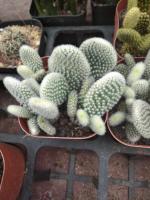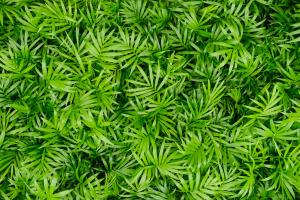Does Bleach Kill Plants and Trees?
Bleach is a common household cleaning agent that you may already have in your cleaning cabinet. It is known for its remarkable cleaning and disinfecting properties, and many people use it to clean their houses, laundry, and other items. While bleach is effective in getting rid of germs, bacteria, and other harmful substances, it can be toxic to plants and trees. In this article, we will explore the effects of bleach on plants and trees and answer the question: does bleach kill plants and trees?
Effects of Bleach on Plants
Bleach can be harmful to plants and trees in several ways. First and foremost, it can lead to the death of the plant due to its toxic effects. Bleach can damage plant tissues and disrupt their ability to photosynthesize. When bleach is poured directly onto the plant, it can burn the leaves and cause them to wilt. In addition, bleach can also prevent germination and stunt the growth of seeds, causing them not to grow at all.
Ways Bleach Can Harm Plants and Trees
Bleach can harm plants and trees in various ways, such as the following:
1. Disrupts Photosynthesis
Plant leaves use sunlight and water to produce energy and oxygen through photosynthesis. However, when bleach is applied to the leaves, it can block sunlight from entering the leaves, preventing photosynthesis from occurring. This lack of energy production can weaken the plant and make it more susceptible to disease and pests.
2. Salt build-up
Bleach is known to be high in salt, which can build up around the plant's roots and lead to water uptake issues. This salt build-up can cause root burn and eventually lead to the death of the plant.
3. Changes the Color of Leaves
Bleach can also damage the color of the leaves and turn them yellow or brown. This discoloration is a clear indication that the plant is in distress and may not survive.
How to Safely Use Bleach without Harming Plants and Trees
While bleach can be harmful to plants and trees, you can still use it safely if you follow some precautions. Here are some tips on how to use bleach without harming plants and trees:
1. Dilute the Bleach
Before using bleach, always dilute it with water. The ideal ratio is one part bleach and ten parts water. The diluted bleach will be less harmful to plants and trees, and it won't cause direct damage.
2. Keep the Bleach Away from Plants and Trees
When you are working with bleach, make sure it does not get on the plants or trees. Use a spray bottle to apply bleach to the areas you want to clean, and avoid overspraying. Take extra care if you are using a pressure washer since it can easily damage plants and trees if used incorrectly.
3. Use Alternatives
Instead of using bleach, you can use alternative cleaners for your cleaning needs. For example, vinegar is an excellent disinfectant and can be used to clean countertops, floors, and other surfaces. Additionally, baking soda is a great natural deodorizer and can effectively remove tough stains.
Conclusion
In summary, bleach can kill plants and trees if used improperly. If you must use bleach, dilute it, and keep it away from plants and trees. Alternatively, you can use alternative cleaners for your cleaning needs, which are safer and more environmentally friendly. By taking these precautions, you can use bleach without harming your plants and trees.

 how many times do yo...
how many times do yo... how many planted tre...
how many planted tre... how many pine trees ...
how many pine trees ... how many pecan trees...
how many pecan trees... how many plants comp...
how many plants comp... how many plants can ...
how many plants can ... how many plants and ...
how many plants and ... how many pepper plan...
how many pepper plan...






























